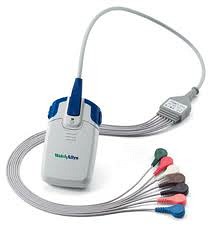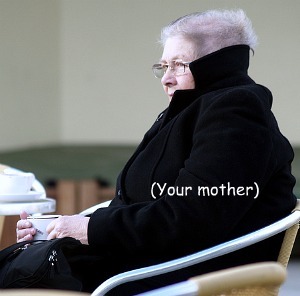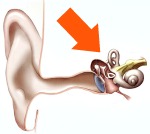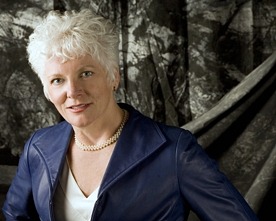“New Jersey residents oppose wind turbine technology”
·
—Ryan Fennell, The Two Rivers Times (12/24/10)
TRENTON – Harnessing the power of wind might be better for the environment than burning fossil fuels but residents and officials in Union Beach and Sea Girt are questioning the necessity of placing Industrial Wind Turbines (IWT) in populated areas.
In Union Beach the Bayshore Regional Sewerage Authority (BRSA) has proposed constructing a wind turbine at its Oak Street location to power its sewer treatment plant. The proposed turbine would be 280 feet at center and peak at 380 feet when the turbine blades are at their highest points.
The National Guard Training Center in Sea Girt has plans to construct a wind tower 330 feet high at center and topping out at 406 feet.
Currently in New Jersey there is no legislation restricting the placement of these facilities and no setback requirements.
A study performed in 2000 by Dr. Nina Pierpont, the leading researcher in the field, identified a condition known as Industrial Wind Turbine Syndrome.
Pierpont attributes this syndrome to low frequency and ultra-sonic noise and vibrations as well as shadow and flicker effects produced by IWT’s.
In her study, Pierpont recommends a 1.25-mile setback from residences, schools, hospitals, and businesses. The World Health Organization recommends a 1.5-mile setback.
The Union Beach turbine would stand approximately 1,040 feet from the nearest residence. The proposed turbine in Sea Girt would be built within 1,350 feet of the nearest residence and 975 feet from the nearest residence in neighboring Manasquan.
“What started out as a quote, Sea Girt problem, the more information we got about this thing, the more we realized statewide legislation is necessary,” said Sea Girt resident Gary Cademartori.
Cademartori said he and several other residents are a group of concerned citizens that have “realized this is a statewide problem.”
According to Cademartori through his research he has discovered that the New Jersey legislature intends to construct approximately 130 Industrial Wind Turbines throughout the state within the next decade.
State Senator Sean Kean (R-11) has introduced legislation, with a matching bill in the Assembly, that would require 2,000-foot setbacks for any Industrial Wind Turbine constructed in populated areas.
“My legislation as drafted would create a state law that would prohibit the siting of a windmill within 2,000-feet of a residential structure,” Kean said. “I researched it through our team in Trenton and basically, its kind of wide-open in the U.S. There’s not a lot of laws in the different states but, in Europe there are a lot of guidelines and a lot of them are over 2,000-feet.”
The bill is currently in committee.
When asked about the setbacks recommended by the WHO and Pierpont of 1.5-miles and 1.25-miles, respectively, Kean said that he was unaware of those recommendations.
“That’s news to me, but its welcome news because there’s not a track record out there,” Kean said. “I go through the Office of Legislative Services, which is the non-partisan bill drafting, mostly attorneys, out in Trenton that do all of this stuff and they didn’t get me that information.”
(more…)










